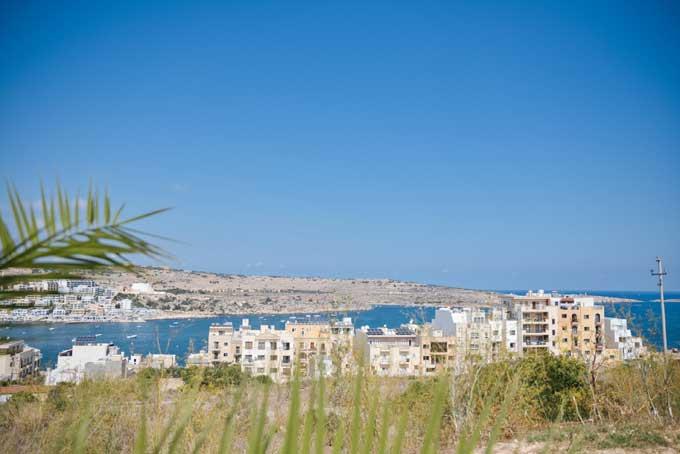St. Paul's Bay gets its name from the shipwreck of St. Paul as documented in the Acts of the Apostles, which is believed to have happened on St. Paul's Islands close to the locality.
Archaeological remains in and around the locality have been found, and remains of a Roman road, baths and beehives in Xemxija indicate that the locality played an important role in Roman Malta.
By the late Middle Ages the locality had however been abandoned due to corsair raids, and upon arrival, the Knights of St. John erected a number of fortifications. The first was Wignacourt Tower in 1610, which still stands today and is the oldest surviving watchtower in the country, which was then followed by Qawra Tower in 1638.
An array of other fortifications were built, however only Arrias Battery - which now houses a restaurant - survives today. The locality remained a quiet fishing village, with activities centred on the Veccja fishing port, to the point that the 1901 census shows only 185 residents in the locality.
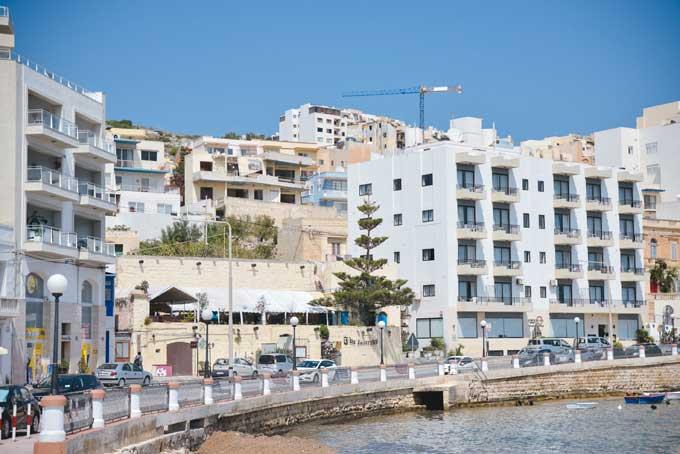
Nowadays that could not be further from the truth however, with latest statistics estimating a population of 29,097 people - making St. Paul's Bay the island's most populous locality. It is also estimated that in the summer period, the population of the locality increases to 60,000 people after factoring in the amount of tourists staying at the multitude of hotels that have opened up in the locality.
Modern photos by Alenka Falzon. Older photos circa 1905 from The Malta Independent's archive.
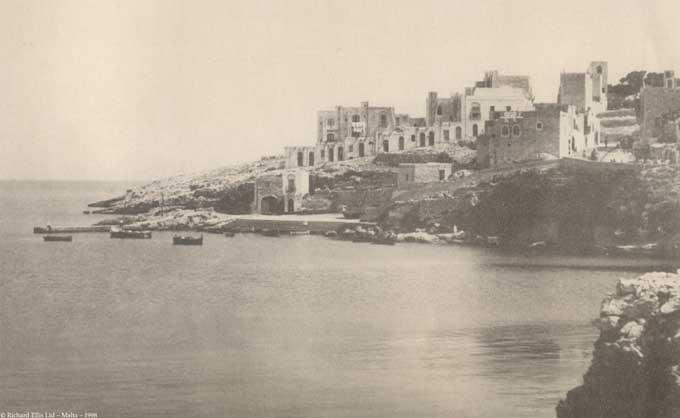
View from Veccja
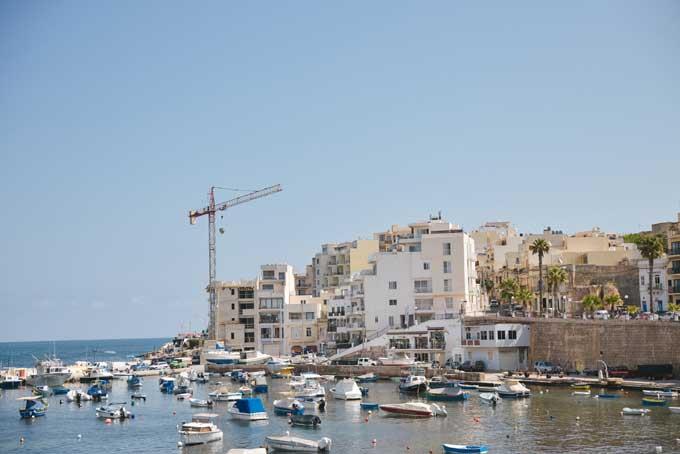
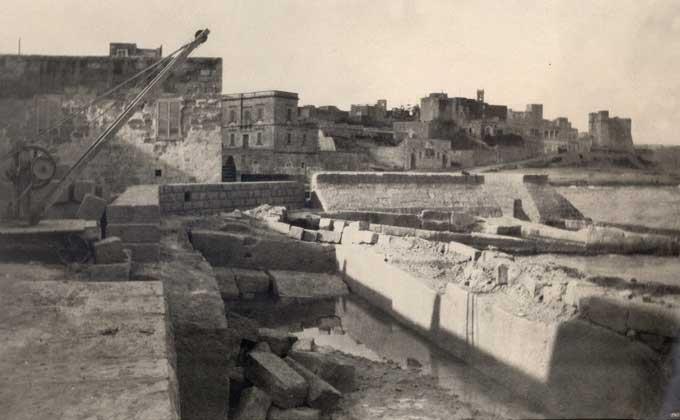
Veccja
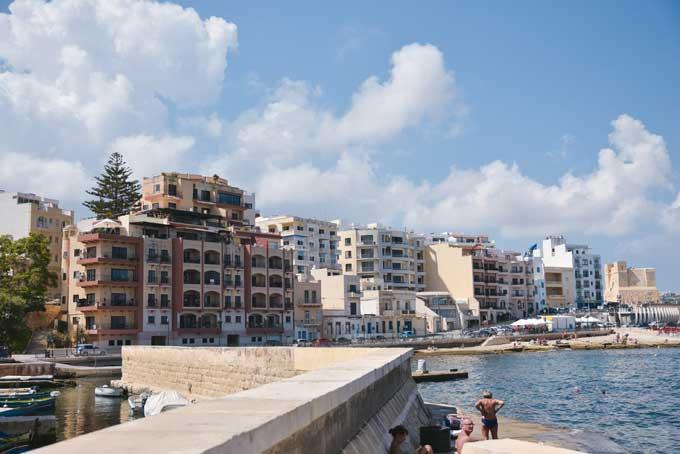
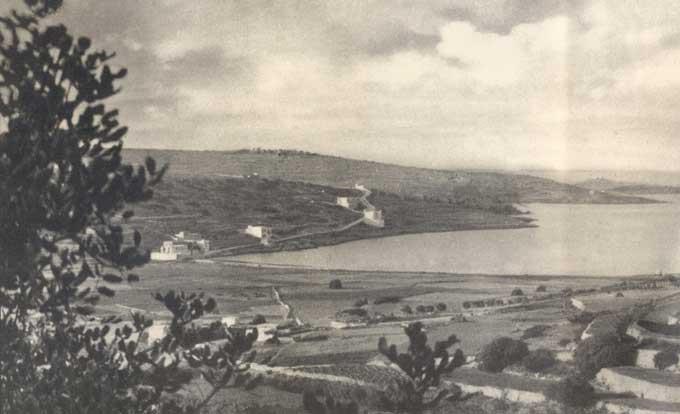
St Paul's Bay
